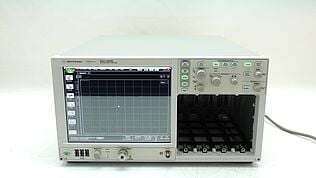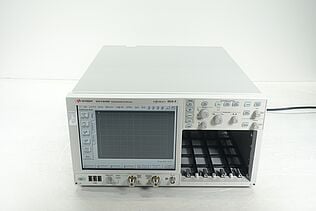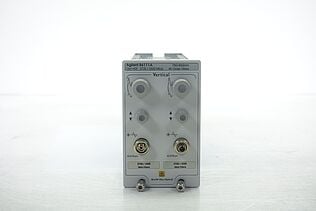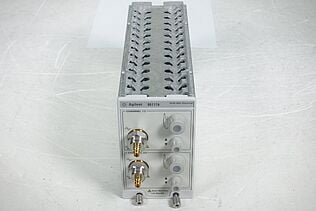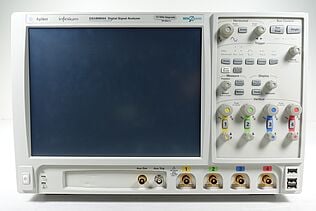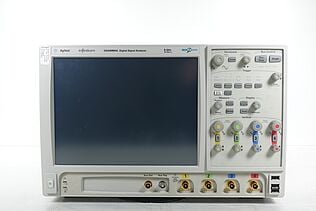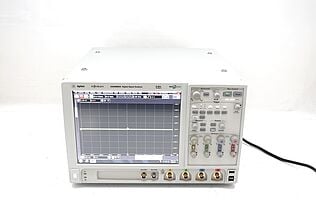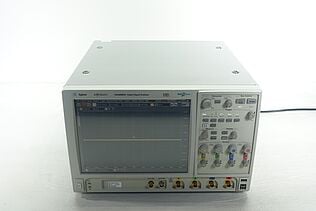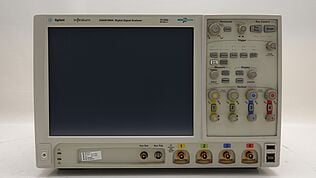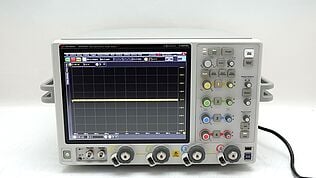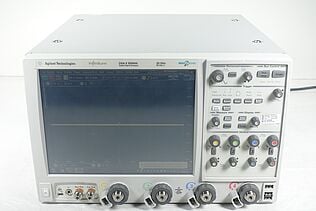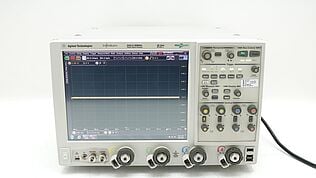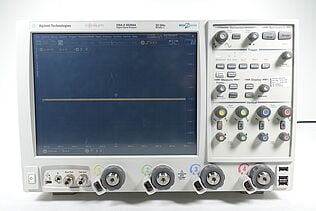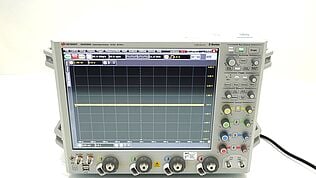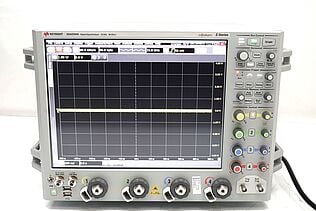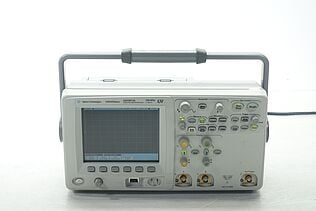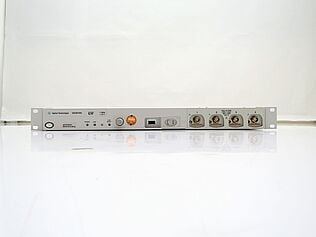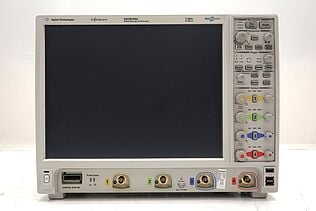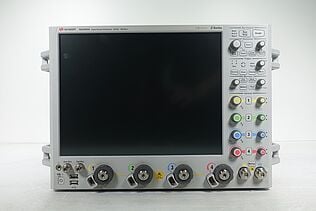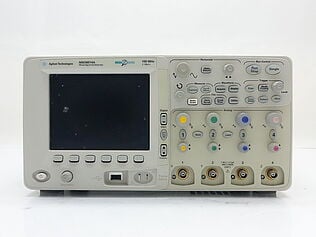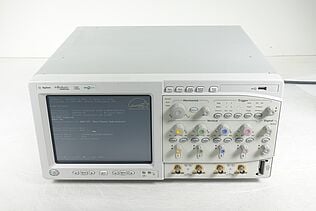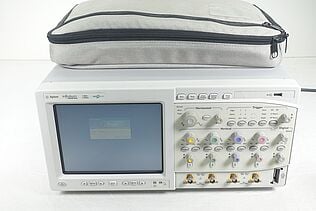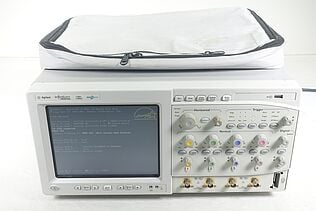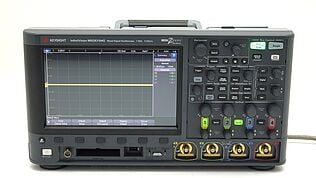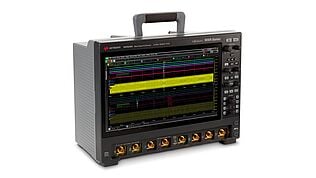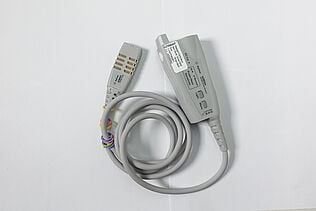

Waves and Signals Explained
Back to overview of articles from the Oscilloscopes Basics series
If you’re reading this, you’re looking at ‘em
Electronic waves and signals have become an indispensable part of our lives. Whether in the form of televisions, appliances, the internet, or the device you’re reading this article on, they accompany us through our everyday routines and often make them easier and more convenient.
However, a lot of work goes into the development of electronic devices that is almost invisible to consumers of the finished products. In the process of designing all the individual components that become part of the device, engineers have to be able to test electronic waves and signals individually and accurately to ascertain whether each element performs just as it should. Only then is high quality and long-lasting functionality guaranteed for the end user.
To complicate matters, electronic technology makes significant advances constantly, with electronic devices operating at ever-accelerating speeds. This results in most devices today using digital technologies at high-speed levels. This requires instruments specifically designed to successfully and accurately handle waves and signals at high frequencies and speeds.
Oscilloscopes are indispensable when measuring and calibrating signals
Oscilloscopes are just such instruments. They are versatile tools, extremely useful for a wide range of tasks that arise during the design of electronic devices and when they are tested. They are essential for recording, displaying and evaluating electronic signals in order to determine the functionality of the device under test.
In case you were wondering whether a simple multimeter might do the job just as well – oscilloscopes exceed their capabilities by far. They allow you to peek straight into your device by making the electronic signals it emits visible, and perform complex operations to get best use out of the data gathered – which in turn for allows optimal decision making. In addition, they are often studier, more reliable and built for years of use; which means a refurbished oscilloscope will be able to give you accurate measurements even at a significantly lower price point.
Explore Used Oscilloscopes
Used Keysight Oscilloscopes offers a wide range of industry leading pre-owned oscilloscopes, ranging from older generation Agilent oscilloscopes to the newest Keysight oscilloscope models. So whether you are a first time buyer, replacing a model like-for-like or looking to upgrade – we have something for you.
What is a signal? Its definition and properties
To really understand what an oscilloscope does and to make full use of its functions, a grasp of the basic tenets of signal theory is immensely helpful. Electronic waves that carry information are signals, instructing the device or component to perform the task it is intended for. This information is encoded in how the voltage, current or electromagnetic wave varies over time.
As the oscilloscope displays the signal, these are basic properties to look out for.
Amplitude
When it comes to amplitude, two standard definitions are referred to most commonly, the first being peak amplitude, the highest and lowest points on the curve. The second one is an average called the RMS amplitude, short for root mean square. As the name indicates, the waveform is squared, the average voltage identified and its square root extracted again to create this value.
Frequency
Every periodic wave has a frequency. This term denotes how many times waves repeats themselves within one-time increment.
Period
A wave’s period describes how many seconds it takes to complete one repetition. The period is also the reciprocal of the frequency: Instead of measuring repetitions/time, it measures time/repetition.
Phase shift
If two identical waves differ only in their horizontal position, this is called a phase shift. Its amount is measured in a percentage of radians or degrees. The cycle of a sine wave for example (see the definition of a sine wave below), amounts to the 360 degrees of a full circle. Should two sine waves be set at a horizontal translation of half a cycle, they show a phase shift of 180 degrees.
Waveforms
The wave’s shape as represented by an instrument is called the waveform. These representations give much information on the signal emitted by the device under test. Changes in voltage levels are clearly visualized, whether they remain constant, vary linearly or have sudden jumps. Here are some standard waveforms often encountered when using an oscilloscope.
Sine waves
The above-mentioned sine wave is named after the function sine, since it displays its graph. It is a smooth and periodic oscillation. As an example, alternating currents such as seen in electrical outlets in homes generate sine waves.
Square waves and rectangular waves
An angular waveform that jumps periodically between two different values, one at a high and one at a low level. If the length of the segments is the same, it is described as a square wave, if they are unequal, as rectangular.
Triangular waves and sawtooth waves
In order to create a triangular wave, voltage levels form a linear rising or falling edge, also described as a ramp, which reaches consistent voltages before reversing direction. In sawtooth waves, one edge shows an abrupt, near-vertical drop.
Pulses
Pulses appear as sudden interruptions of an otherwise level voltage, not dissimilar to a light flashing on and off. If this happens in a series, those pulses are also called a train. A pulse can encode a singular piece of data, but more often than not is caused by a glitch.
Complex waves
All of these and well as other waveforms can interlace and form complex waves, which might not be periodic.
Analog and digital signals
Lastly, it is important to differentiate between analog and digital signals. To use a practical example, watches also come in analog and digital forms. On an analog watch, the hands move continuously, allowing a reading without any jumps. Similarly, analog signals can take on any conceivable value within a set range, just like the watch can point to any minute and hour within a 12 hour span.
Contrastingly, a digital watch displays discrete numbers for the time, jumping to the next full second or minute without continuous motion. Here, the information is processed in discrete units and displayed as such. Digital signals similarly carry distinct pieces of information. This difference greatly impacts how different types of signals can be and are processed by oscilloscopes.
3 things to remember about waves and signals
In summary, here are the three main points of this brief introduction to waves and signals:
- Signals are electronic waves that carry information
- A good new or used oscilloscope will allow you to display, read and interpret the signals your DUT emits to ascertain it is functioning as intended
- Basic properties to look out for are amplitude, period, frequency, and possibly the phase shift as well as the form of the wave
If you’d like to try out your knowledge in practice, be sure to head over to the Keysight Used Equipment Store to check out our latest deals. Choosing a used Keysight oscilloscope might well offer you additional bandwidth and a faster sample rate compared to a similar-priced new model – for accurate measurements on your signals, at budget friendly price points.
